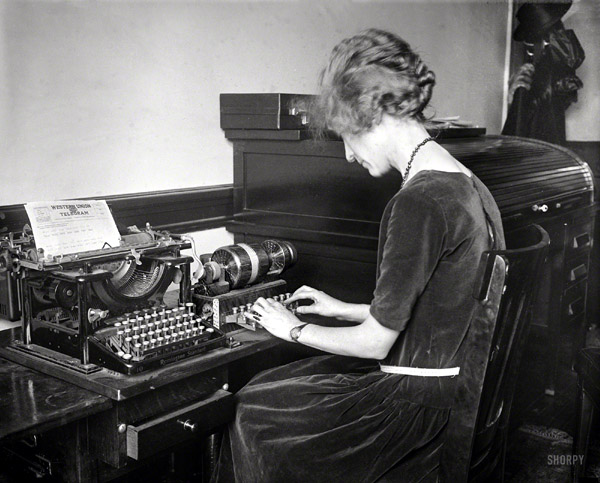In the two decades prior to World War II, Edward Hebern
(1869-1952) was the first American inventor to make a very significant
contribution to cipher machine development. His machines were the first
to embody the wired rotor principle of encipherment. Hebern continued to
design and build electro-mechanical rotor machines until the eve of World
War II. For various reasons, he never managed to secure a large scale contract
with the U.S. Government.
 |
| This machine, featured at the National Cryptologic Museum, was built
before 1920 in Hebern's Oakland, California machine shop. The early model
had only one rotor. In order to decipher a message, the rotor would be
removed and turned around. Later models added more rotors. (Photo by
Mark Pellegrini) |
Displayed below is Hebern's first rotor machine. Employing a single
rotor and beautifully made of solid brass, the machine worked in conjunction
with a Remington Model 10 electric typewriter for hard copy
as shown in Hebern's first patent 1,510,441. Part of the crypto
machine's mechanism was driven electrically and part by a falling weight
and pulley. (Item 52 below, inside 53)
 |
| Hebern filed the patent for this complete system on March 21, 1921
and it was granted on September 30, 1924. (Image courtesy U.S. Patent
and Trademark Office). |


